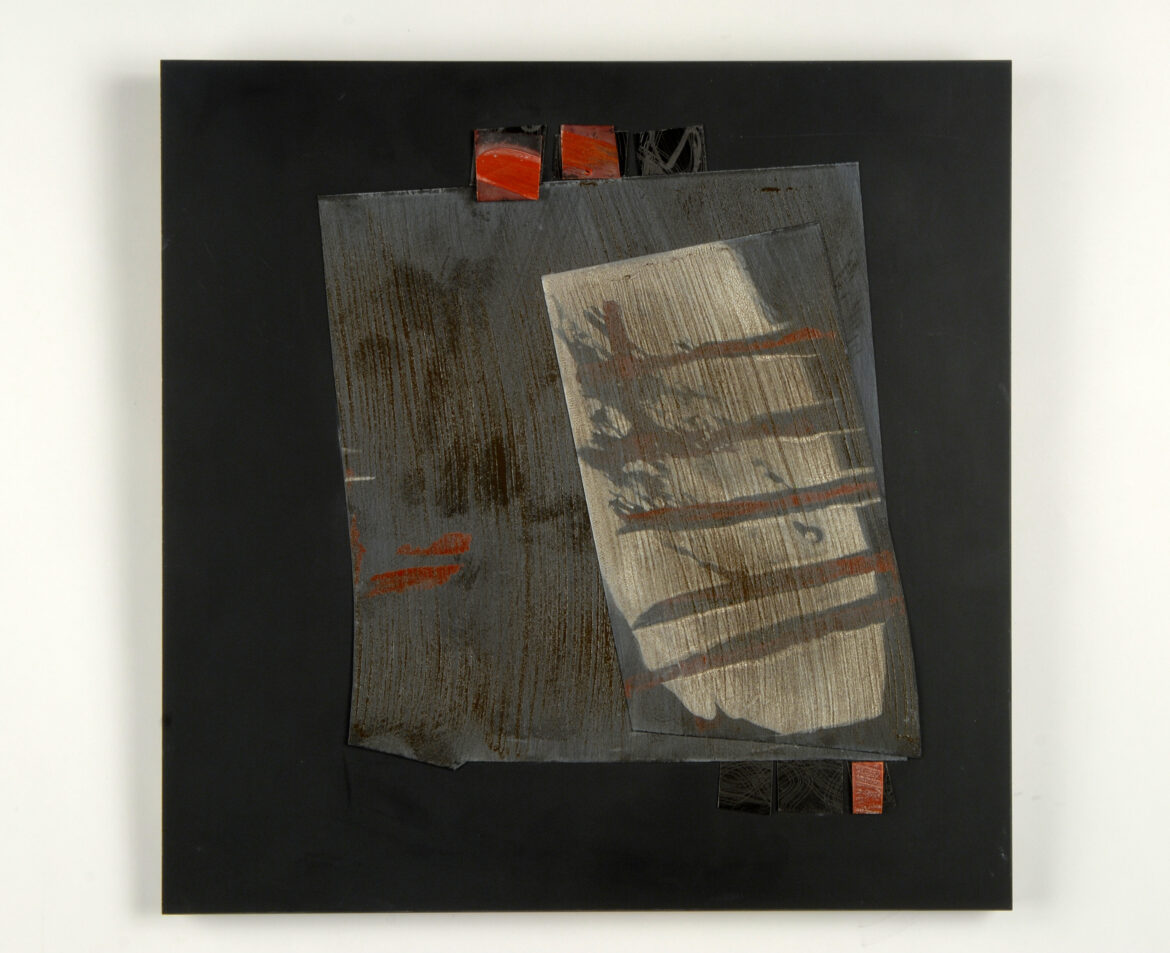 What is your background and training?
What is your background and training?
What are you working on in your studio now?
Recently did some wood-cut monoprints on paper. Presently working on jewelry ideas. Also starting to work on pieces for a show in June which will be both enamels and mixed media.
Tell us about your process and how you came to work this way and has your practice changed much over time?
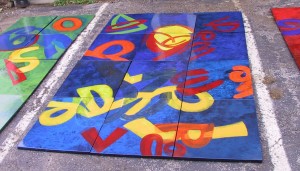
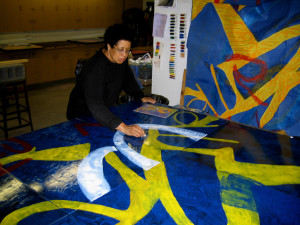 My process has been largely experimental and is the way I have always worked in this medium. One of the reasons is that when I was first introduced to enameling in England, I was the only one exploring this medium in the department. There were very basic instructional books (none of which appealed to me) so it was trial and error for me and paying attention to details of change that took place before my eyes. Years later while working with liquid enamels on steel, I was again on my own discovering through experimentation. Although I had by this time done a few workshops, I was the only one working on my MFA using this medium at that time.
My process has been largely experimental and is the way I have always worked in this medium. One of the reasons is that when I was first introduced to enameling in England, I was the only one exploring this medium in the department. There were very basic instructional books (none of which appealed to me) so it was trial and error for me and paying attention to details of change that took place before my eyes. Years later while working with liquid enamels on steel, I was again on my own discovering through experimentation. Although I had by this time done a few workshops, I was the only one working on my MFA using this medium at that time.
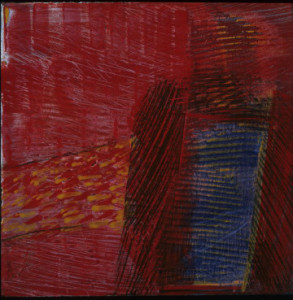
Do you experiment a lot or do you work within a specific set of parameters?
Yet another prevailing condition that motivated me to find different approaches to enamels was the fact that I detested the glossy porcelain enamel on steel which was like ‘signage’. Of course, this was an industrial material which I was translating into art. My frustration propelled me to manipulate and do everything I could to change the appearance of what I saw before me and this opened up a new set of possibilities. Only then did I become excited about using this medium and have been happy with it ever since. I have been called “the stoning queen” as this has been one of the most effective tools to create nuances and subtle changes from the otherwise glossy, resistant enamel. The painterly quality came through my experience with painting on canvas. It was not easy for me to make this transition to steel as besides using a new medium, the application and way of working is quite different.
Describe your teaching style.
My teaching style? I think it’s important to provide information that will give students a starting point and entice them to learn some more. I am attempting to share the knowledge and experiences that I have gained over the years. As students become more comfortable with handling the medium, I explain ways of working that will build a vocabulary of processes; the students can take that information, work with it and make new discoveries towards finding their own voice.
What most inspires you?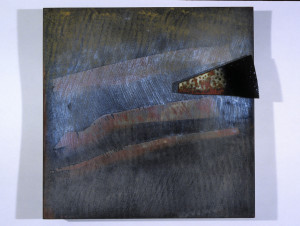
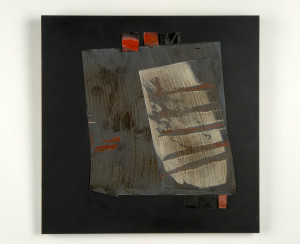
Who are your favorite enamelists? (what are your most important influences)
What is your dream project?
There are several dream projects in my mind. I can’t think of a particular one, except to say that I would love something that gave me immense freedom; where I could use enamel in different ways, both copper and steel and explore beyond the squared wall panel.
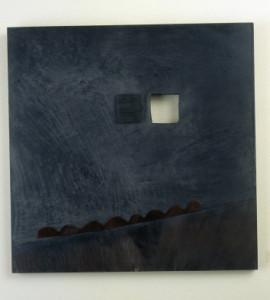
Tell us about the workshop you will be offering at the EG/NE conference.
At the EG/NE conference I will offer an opportunity for students to become comfortable with liquid enamel and learn ways in which we can manipulate and change the appearance. Painting on enamel and firing is very easy. Using the material in different and subtle ways takes a lot more time and effort. But, I want students to see how these changes can occur and how much that effort is worth it in the end. Making change is also about firing methods and finishes. Persons should leave the workshop with examples of their explorations and keep those as reference for further works as well as inspiration to pursue further explorations in their own studios. Also, a good time to answer questions about use of this intriguing medium.

